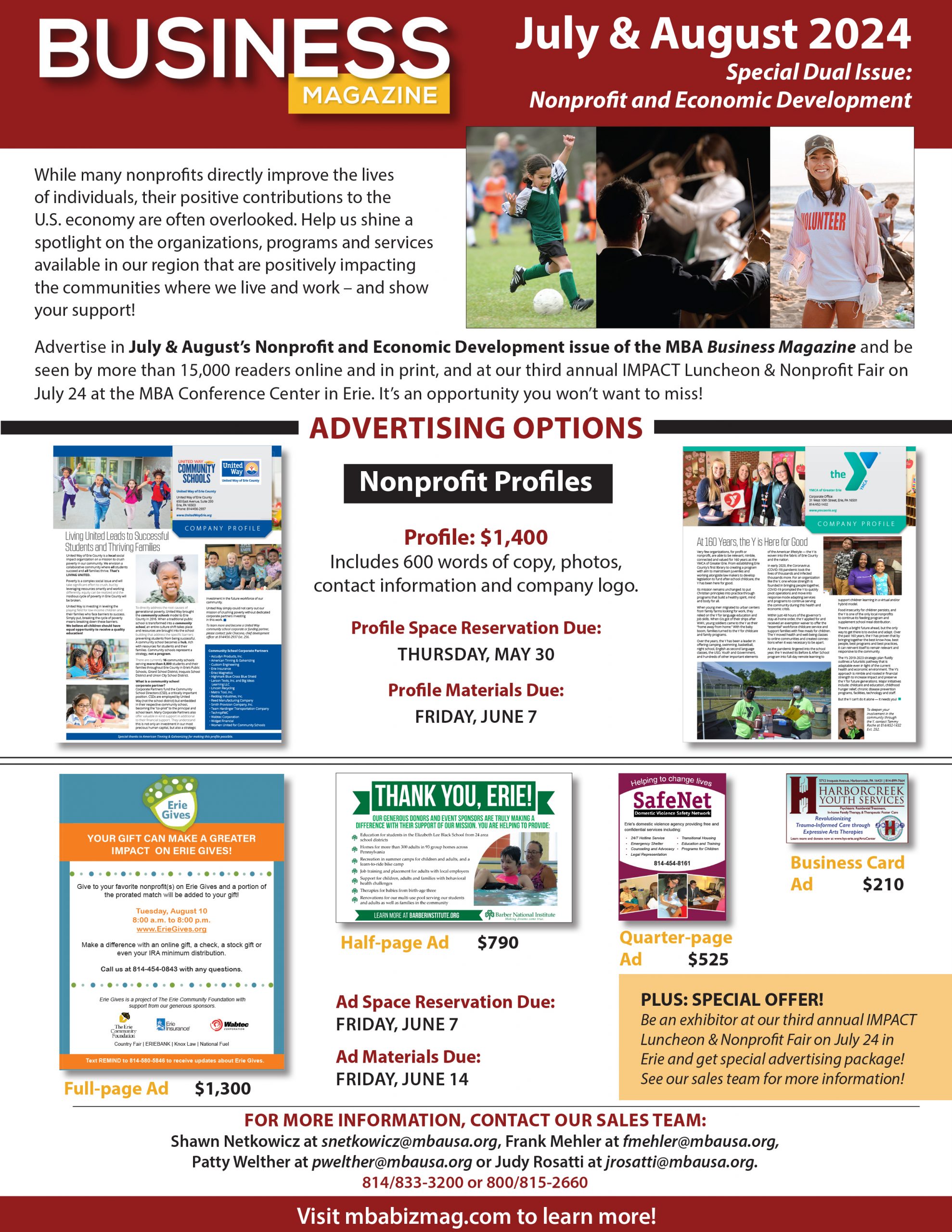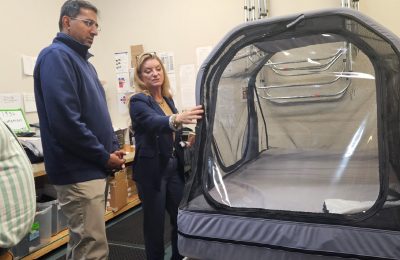Businesses looking for talented individuals are often in a bind when putting together job application systems. An excellent job application process should encompass the applicant’s experience and education but also delve into areas of their personality.
The business might inadvertently drive away top talent if the application procedure continually asks them to prove themselves. Thus, a business needs to be innovative when it comes to crafting a job application process that collects pertinent information but doesn’t make the applicant feel like they’re being interrogated.
Here are ways that businesses can develop a functional job application process that won’t chase away top talent.
- Remove Barriers to Entry. Create a user-friendly process by ensuring the application doesn’t require a login and password. Forcing applicants to create an account with a login and password deters them and creates a barrier. Applicants also want a quick process to get their information submitted. Ensuring applications are accessible and user-friendly will improve your response rate, thus increasing your candidate pool.
- Get Feedback from Current Employees. Have a select group of current employees in various positions and departments go through your job application process and provide feedback. If they find it lengthy and complicated, external applicants will too, and this will limit your applicant flow.
- Automate the Majority of the Process. Do people still do applications? Automate the majority of your application process by having the essential information pulled from a resume, and only ask necessary questions. By taking steps to ensure that the process is simple, fast, and easy to do, companies can make it easier for the candidate to put their foot in the door.
- Share Accurate Job Portrayals. Explain what you will provide the applicant, the projects they will work on, key stakeholders they will work with, what a candidate should love doing and a realistic portrait about your company. This will garner excitement and ensure a match.
- Have Fewer Clicks. So many websites require candidates to click through four or five different pages to get to a lengthy application form. Make it easy for candidates to upload their resume quickly to see an increase in the number and quality of applicants.
HOW DO EMPLOYERS GET THE MOST INFORMATION FROM CANDIDATES?
Focus your application process on getting the most information from a candidate imposing on them the least amount of clicks.
Long applications that require lots of data entry are a barrier to entry and frequently abandoned — especially by top talent. Quick processes allow you to capture more, and better, applicants and focus the process on the selection process rather than the application.
HOW DOES AN EMPLOYER DETERMINE THE BEST WAY TO MAKE THEIR APPLICATION AVAILABLE TO CANDIDATES?
Mirror culture and communication style. A user-friendly application process should provide a glimpse into how the company functions overall.
If the position is data-entry-heavy, it makes sense to require applicants to input their information online. If your company relies on email or casual daily correspondence to get projects done, creating a more conversational, back-and-forth application process can be a great way to assess top talent.

Rose Bruno, PHR, SHRM-CP,
is an HR consultant at the
Manufacturer & Business Association.
Contact her at 814/833-3200,
800/815-2660 or
rbruno@mbausa.org.













